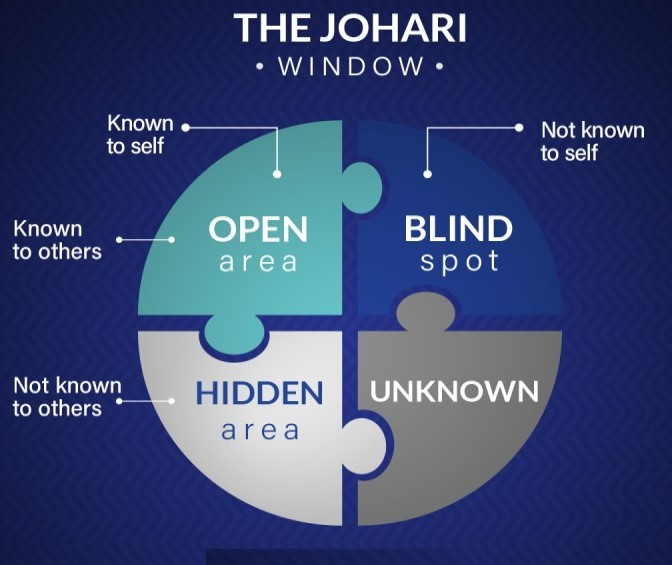
What if the future of business wasn’t about power at all, but rather about partnership? Moving beyond patriarchal systems, which often emphasize hierarchy and dominance, businesses can take a cue from matrilineal and egalitarian principles to create a model that truly values people, collaboration, and long-term well-being. Here’s how to build a more balanced, inclusive business model by fusing these ideas.
1. People-Centered Decision-Making: A matrilineal approach emphasizes the centrality of relationships and prioritizes the long-term well-being of all individuals involved. In business, this translates into fostering strong interpersonal connections and community building. By focusing on people rather than roles, companies can cultivate a culture of respect, empathy, and loyalty that naturally enhances productivity.
2. Shared Leadership: Egalitarian systems encourage power-sharing and eliminate rigid hierarchies, allowing for a more flexible, collaborative environment. Rotating leadership or creating co-lead structures enables employees to experience responsibility at various levels, breaking down the “top-down” structure and replacing it with a model of collective accountability. This approach ensures a more resilient organization, capable of adapting quickly in changing environments.
3. Intergenerational Knowledge Transfer: Matrilineal societies place value on heritage and wisdom passed through generations. In a business setting, mentorship programs can serve as a conduit for passing knowledge, encouraging the development of both seasoned and newer employees. This exchange of insights enriches decision-making and strengthens company culture.
4. Holistic Success Metrics: A true measure of success goes beyond profit and growth. Incorporating metrics that assess employee well-being, community impact, and sustainability aligns with matrilineal principles of nurture and continuity. It’s a balanced, inclusive definition of success that resonates with employees and customers alike.
5. Inclusive Policies and Structures: Egalitarianism advocates for inclusivity in decision-making and feedback. A workplace where everyone feels heard fosters innovation and commitment, creating a shared purpose where employees are genuinely invested in the organization’s future.
6. A Nurturing, Resilient Culture: Matrilineal values highlight resilience and continuity. Companies can embed this by supporting mental health, encouraging work-life balance, and investing in employee growth. Such practices ensure the business is resilient and sustainable, focused on people over pure profit.
By blending matrilineal and egalitarian values, businesses can embrace a people-centered, cooperative, and inclusive approach. This new model redefines success and creates a legacy built on partnership rather than power—a change that benefits employees, leaders, and society.
Helping Executive Women Reduce Stress, Prevent Fatigue & Avoid Burnout
📩 Follow me for more insights or send me a message to connect!









